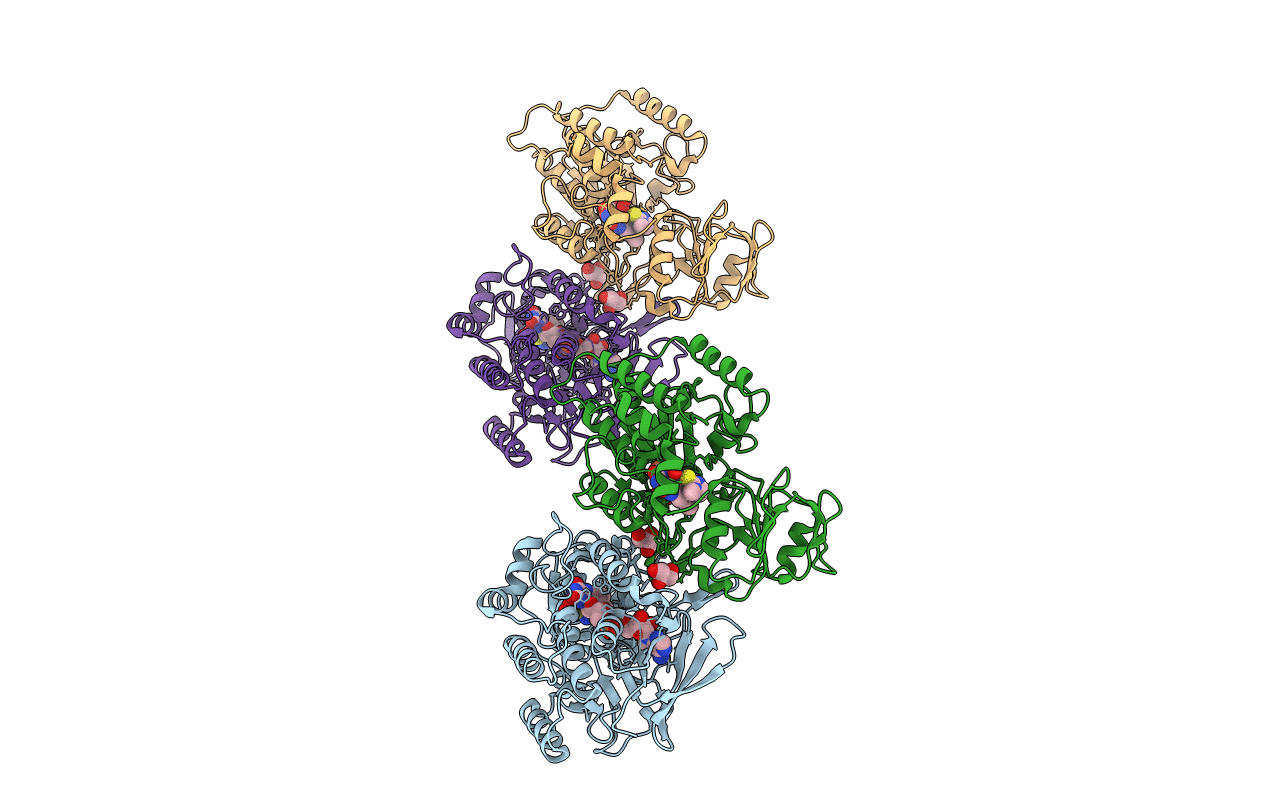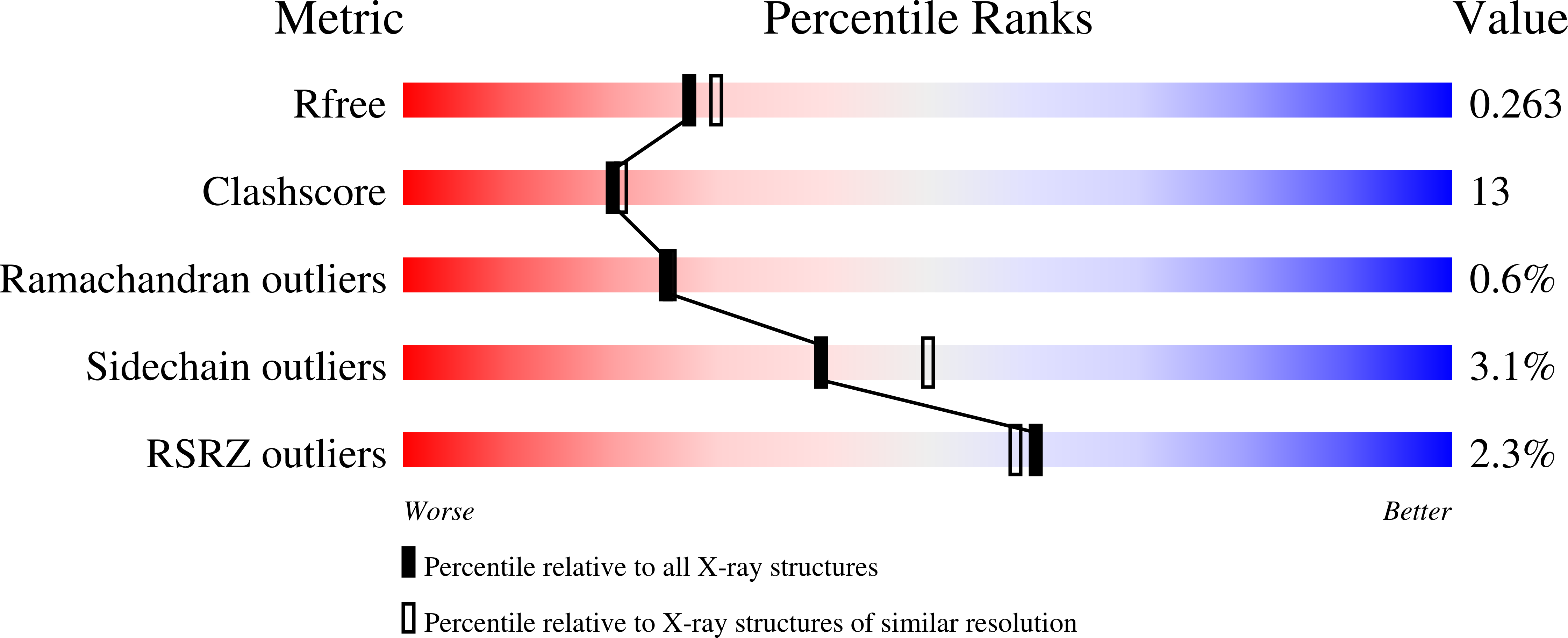
Deposition Date
2006-05-02
Release Date
2006-06-06
Last Version Date
2024-11-13
Entry Detail
PDB ID:
2GVC
Keywords:
Title:
Crystal structure of flavin-containing monooxygenase (FMO)from S.pombe and substrate (methimazole) complex
Biological Source:
Source Organism:
Schizosaccharomyces pombe (Taxon ID: 4896)
Host Organism:
Method Details:
Experimental Method:
Resolution:
2.22 Å
R-Value Free:
0.26
R-Value Work:
0.23
R-Value Observed:
0.23
Space Group:
P 1


